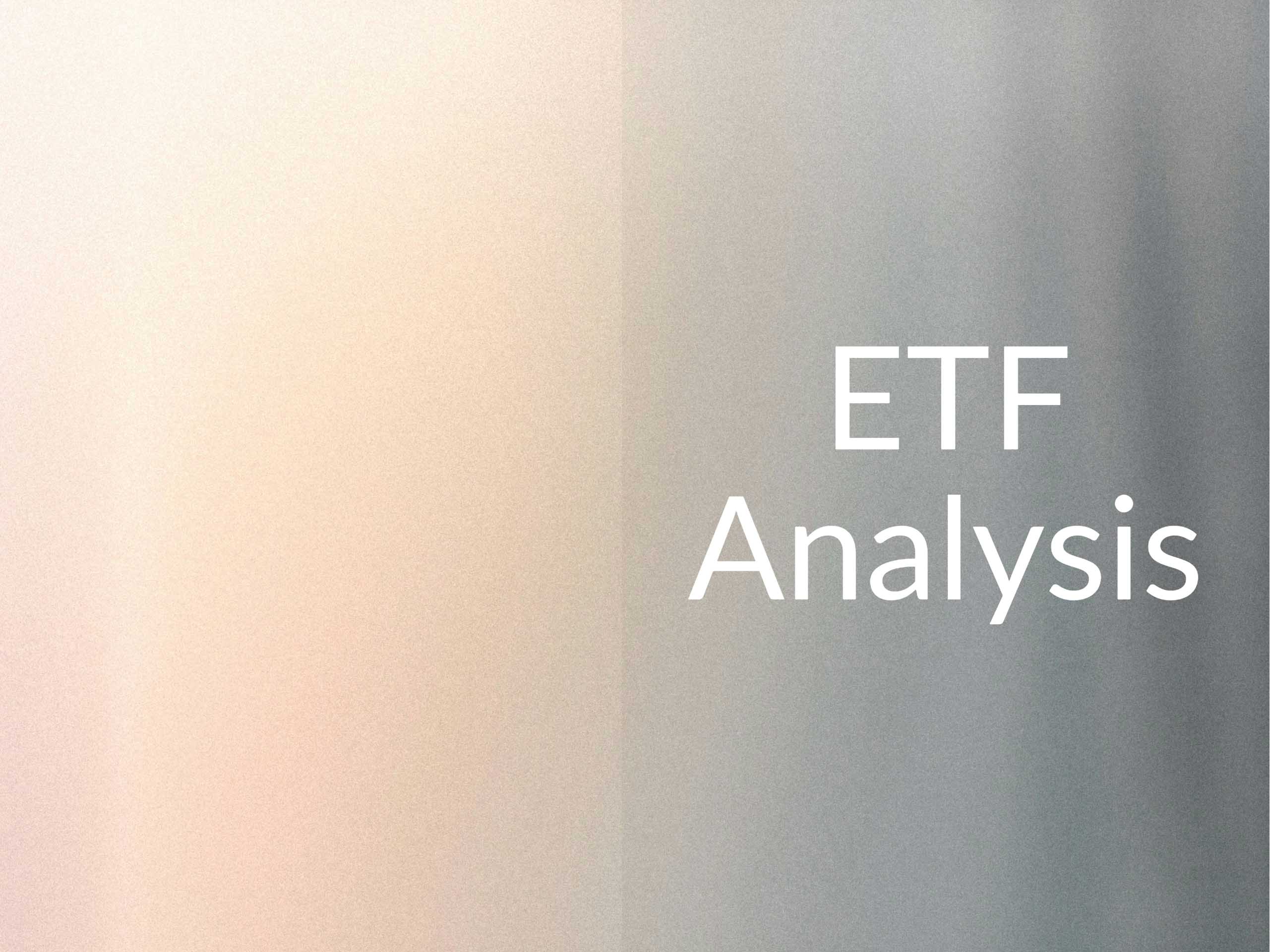How the ETF market is changing, why ETFs should be your preferred investment vehicle, and how to analyze ETFs to generate better investment performance.

Topics covered include:
- How large have fund flows been away from active mutual funds and into ETFs
- How big are the largest ETF families and how has their market share grown
- Why the rise of active ETFs blurs the distinction between active and passive investing
- Why there doesn’t appear to be an indexing price bubble, but the rise of passive investing has impacted volatility and decreased stock price informativeness
- A framework for how to analyze markets and select ETFs for your portfolio
Show Notes
Global Fund Flows Dominated by Fixed-Income and ETFs—Morningstar
It’s Official: Passive Funds Overtake Active Funds by Adam Sabban—Morningstar
ETF Issuer League Tables—VettaFi
Global ETF Market Facts: three things to know from Q3 2023 by Samara Cohen—iShares
Investments Mentioned
SPDR® S&P 500® ETF Trust (SPY)
JPMorgan Equity Premium Income ETF (JEPI)
Avantis US Small Cap Value ETF (AVUV)
Episode Sponsors
Long Angle is a private community of 2,500 very high net worth investors who leverage their collective expertise and scale to access and underwrite some of the world’s best alternative asset investments. Learn more here.
NetSuite – Get your free KPI checklist
Related Episodes
426: Which is Best – Active or Passive, ETFs or Funds?
321: How to Analyze Complex Investments
Transcript
Welcome to Money for the Rest of Us. This is a personal finance show on money, how it works, how to invest it, and how to live without worrying about it. I’m your host, David Stein. Today is episode 467. It’s titled “How to Analyze ETFs to Make Better Investment Decisions.”
Last week in episode 466 on dividend investing I referred to an observation by Morningstar that since the beginning of 2014, investors have withdrawn $1.9 trillion from stock mutual funds. At the same time, they’ve added $2.9 trillion to stock exchange-traded funds. An open-end mutual fund and ETFs are investment vehicles. They are a means to invest in various assets, be it stocks, bonds, real estate, and many other niche strategies.
To start this episode, we’re going to take a look at fund flows into funds and ETFs, what has changed over the past number of years, and why ETFs have become the preferred investment vehicle for individual investors, and even in many cases institutional investors. We’ll see why that is, and because ETFs have become so dominant and attractive, we’ll look at “Well, how do we go about analyzing these ETFs?” Because the sheer number of ETFs outstanding can be overwhelming.
How ETFs differ from Open End Mutual Funds
First, let’s take a look at a study by Morningstar, looking at overall flows into both open-end mutual funds and ETFs. The difference between the two is an open-end mutual fund doesn’t trade on an exchange. It trades at the end of the market day, and shares of the open-end mutual fund are bought and sold at the closing net asset value.
That differs from exchange-traded funds, which trade throughout the market day, and that trading occurs at a market price that may differ slightly from the net asset value. And the net asset value of a mutual fund or an ETF is the value of the assets held by that investment vehicle divided by the number of shares outstanding. So that would be the net asset value per share.
Now, there are market mechanisms in place to keep an ETF’s price in line with its net asset value.
Fund Flows
If we looked in at overall net flows into mutual funds and ETFs across the world, in 2022 there was over $500 billion of outflow from funds and ETFs. In 2023 there was a $66 billion inflow. Let’s contrast that to 2021. This is coming out of the pandemic or during the pandemic, a great deal of liquidity from government programs, and individuals, institutions were very bullish about buying everything, including stocks, bonds, crypto, futures, commodities. Overall net flows in 2021 was $2.4 trillion. But in 2022 half a billion left, and only $66 billion dollars added in 2023.
If we look at the categories, most categories saw outflows. The only exception was fixed income. About $400 billion of flows into fixed income. When we talk about these funds, open end mutual funds and ETFs, it excludes money market mutual funds. And clearly, there was money that went into money market mutual funds. These are cash-equivalent vehicles. They’re not part of this $66 billion of net inflows into funds and ETFs.
Morningstar pointed out, because there’s this idea “Well, there’s all this money on the sidelines, that potentially could flow into funds and ETFs.” But they included a chart in the report that I’ll link to in the show notes, where it showed that global money market assets as a percent of long-term assets held by investors is 17%. And in the chart that they show, it hasn’t really changed a whole lot. It’s generally been between 14% and 17% since 2013. So about a decade, right around the same percentage.
As a Money For the Rest of Us Plus member, you are able to listen to the podcast in an ad-free format and have access to the written transcript for each week’s episode. For listeners with hearing or other impairments that would like access to transcripts please send an email to team@moneyfortherestofus.com Learn More About Plus Membership »
